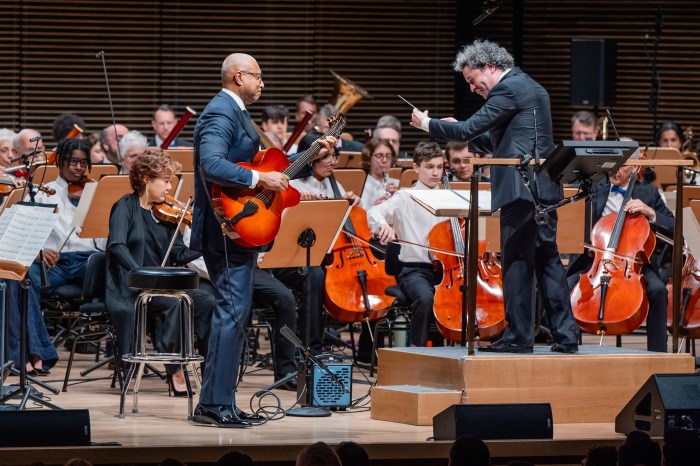SEPTA’s board of directors awarded a $129 million contract to a
Maryland-based firm to provide equipment for and install its new fare
system on Thursday.
SEPTA officials claim the antiquated system of tokens and paper
transfers will be replaced by cutting-edge contactless technology such
as debit cards, identification cards and smartphones that customers can
continue to add value. For customers who prefer using cash, they can buy
prepaid SEPTA cards that they can wave by a card reader.
ACS Transportation Solutions Inc., a subsidiary of Xerox, offered
the lowest price of the three companies who submitted bids and also got
the highest ratings from SEPTA on its technology and experience. The
company piloted a similar open payment system on New York City’s MTA in
2006 and expanded that pilot to PATCO and NJ Transit last year.
“We think we have the best solution in true open payment systems,”
said Steve Frazzini, ACS vice president for fare payment solutions.
The project will be divided into three phases and take three years
to complete. It will be rolled out first on buses and trolleys, followed
by the Market-Frankford Line and Broad Street Subway, and then the
Regional Rail system, officials said.
SEPTA cashiers will be redeployed and largely used for customer
service, according to General Manager Joe Casey, who added that the new
system will lead to cost-saving efficiencies such as ending agreements
with third-party ticket agents.
“Under the current scenario we don’t expect the need for that,”
Casey said.
Questions remain over rail
Regional Rail customers will either be required to show their cards
on board or pass through turnstiles at five Center City stations. Some
transit advocates say that will leave the door open for fare evasion.
“The
railroad side … is completely unprecedented,” said Matthew Mitchell,
of the Delaware Valley Association of Rail Passengers.




























